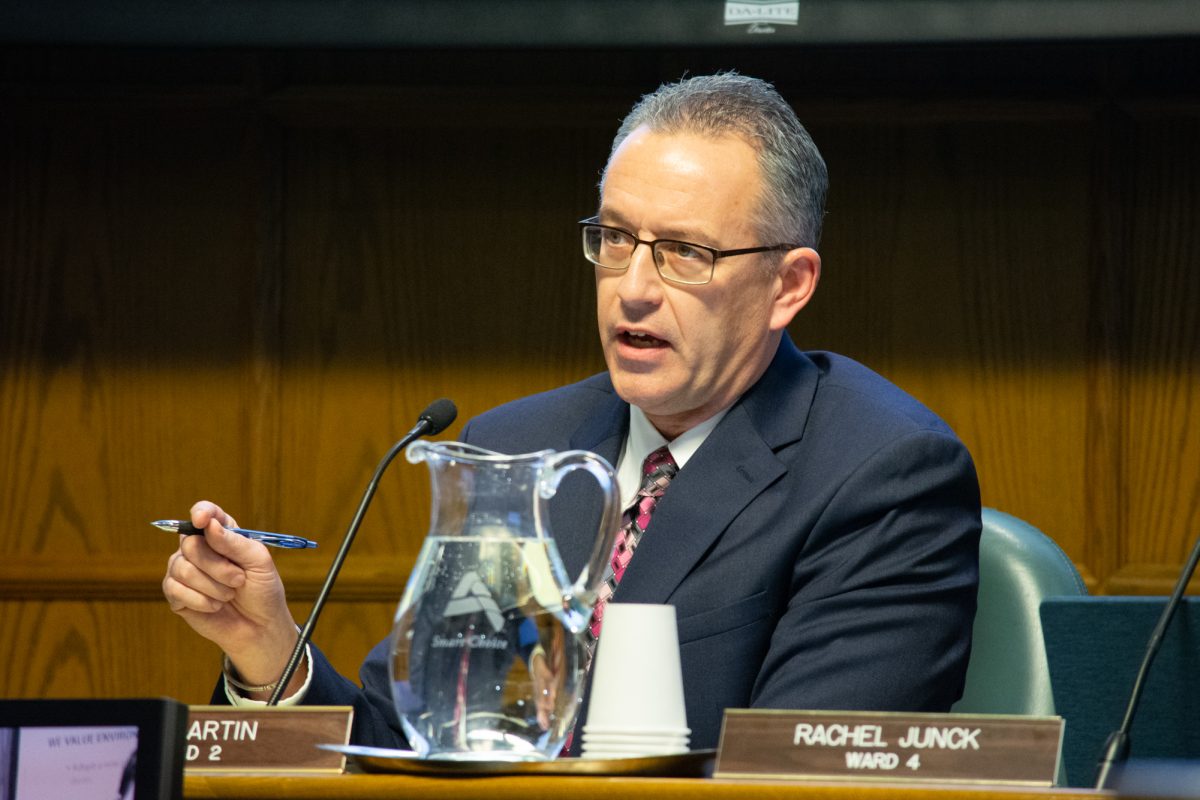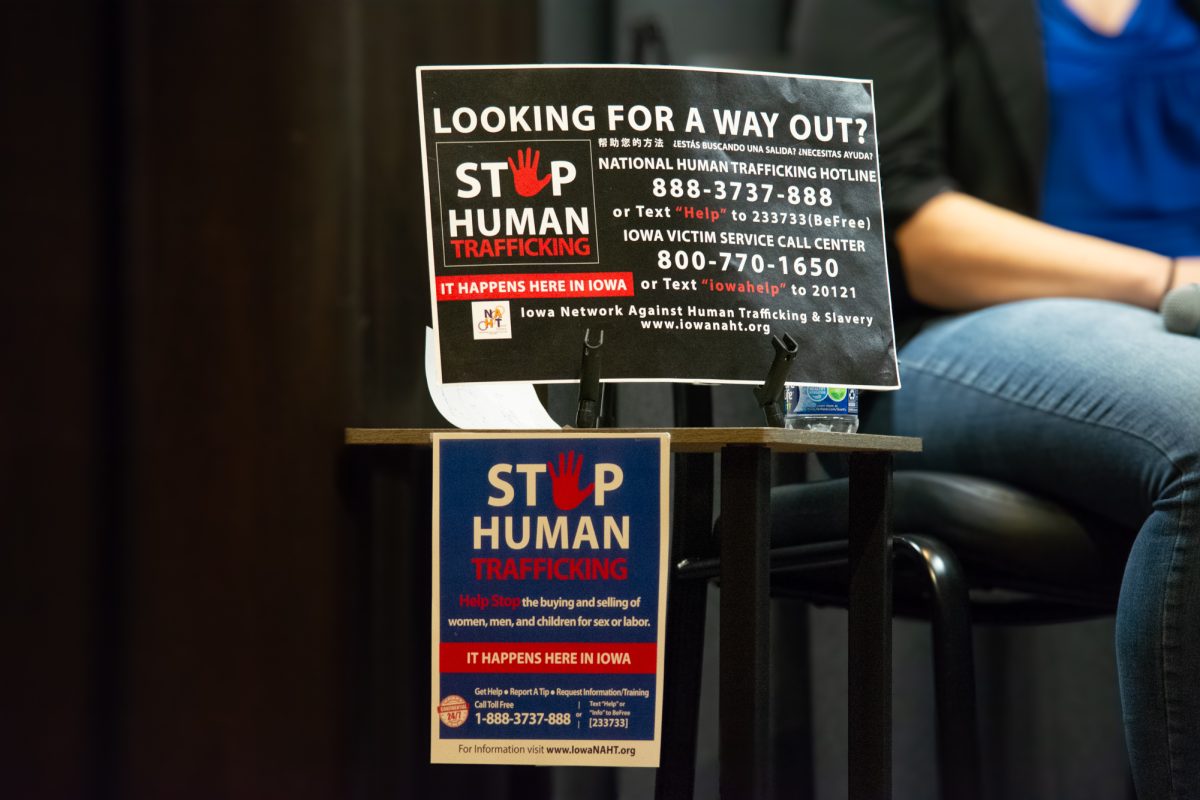April Fools’ Day doesn’t end with Congress
April 1, 1999
It was on April Fools’ Day 1798 that the U.S. House of Representatives officially met for the first time. This tidbit of information just goes to show that no matter how intuitive you think you are, no one is above the antics instigated on the almost religious day of practical jokes.
It just so happens that April Fools’ Day is the anniversary of several events in which the joke was indirectly placed on millions of unknowing victims.
It was on April 1, 1929 that the Iraqi army was established.
Do you ever pace the floors loudly swearing to anyone and everyone about the money you have had to invest in your pit of a car this month?
Well, the patent for the internal combustion engine was issued in 1826 on, of course, April 1.
Not too surprisingly, it was on this very day in 1835 that the first mutual life insurance company was chartered.
However, pulling the wool over someone’s eyes on this particular day goes back a lot longer than this republic’s personal tragedies.
So who was the first April Fool?
Nobody is absolutely certain where the April Fools’ custom began (France, England, Mexico, Sweden or India), but many people are willing to bend your ear with their own hypothesis or one they picked up at one of the many Web sites and specialty shops dedicated to the day of tomfoolery.
One theory holds that April Fools’ Day or All Fools’ Day began hundreds of years ago when pranksters devised what they called “sleeveless errands” for the perpetually gullible.
The first errands were simple: Go out and find the history of Eve’s mother or a quart of pigeon’s milk (if you don’t get why these are impossible requests I encourage you to tell no one).
For the low-brows, there were the still-amusing and ever-popular pouring water on and throwing powder in the faces of passersby routines.
Others who do not want to give all the holiday credit to one country argue that April Fool’s Day began in many parts of the world at the same time, in celebration of the spring equinox.
Pranks were a big part of even the most boring equinox parties, everywhere from France to India.
The World Book Encyclopedia has the most widely accepted theory.
The book claims that modern April Fools’ Day followed the adoption of a reformed calendar in France in 1564.
King Charles IX made France the first country to adopt a reformed calendar that made Jan. 1 the first day of the year.
Prior to then, New Year’s Day was celebrated April 1. Due to the high-tech word-of-mouth communication of the day and general resistance to change, the Jan. 1 date was not fully accepted for several years.
Those French conservatives who clung to April 1 as New Year’s Day were scoffed at as “fools” and sent fake party invitations and prank gifts.
After widespread observances in England during the 18th century, the English, Scots and French introduced the time-honored custom to their colonies in America.
Of course, like every marked holiday in America that was once easy and innocent, we have managed to turn April Fools’ Day into a profitable institution.
The American market has made a pretty penny in catering to the efforts of jokesters: Fake vomit, squirt flowers, flies in the ice cubes, fake doggie doo-doo, flatulence spray, whoopie cushions, joy buzzers, canned snakes, onion gum, dribble glasses and mouth-blackening chewing gum.
American ingenuity at its finest will keep you alert today.
Everyone will do his or her best to come up with the gag of the day and “take a joke” when it comes back to them tenfold.
But I challenge anyone to try and take an April Fools’ joke as far as our own U.S. Congress. After all, it was on this day in 1977 that the U.S. Senate adopted a “Code of Ethics.”
With sober faces and heartfelt voices, the senators put a limit on their earnings in addition to salary and promised full financial disclosure.
Looks like they gotcha again.
Ellyn Peterson is a senior in journalism and international studies from Algona.






